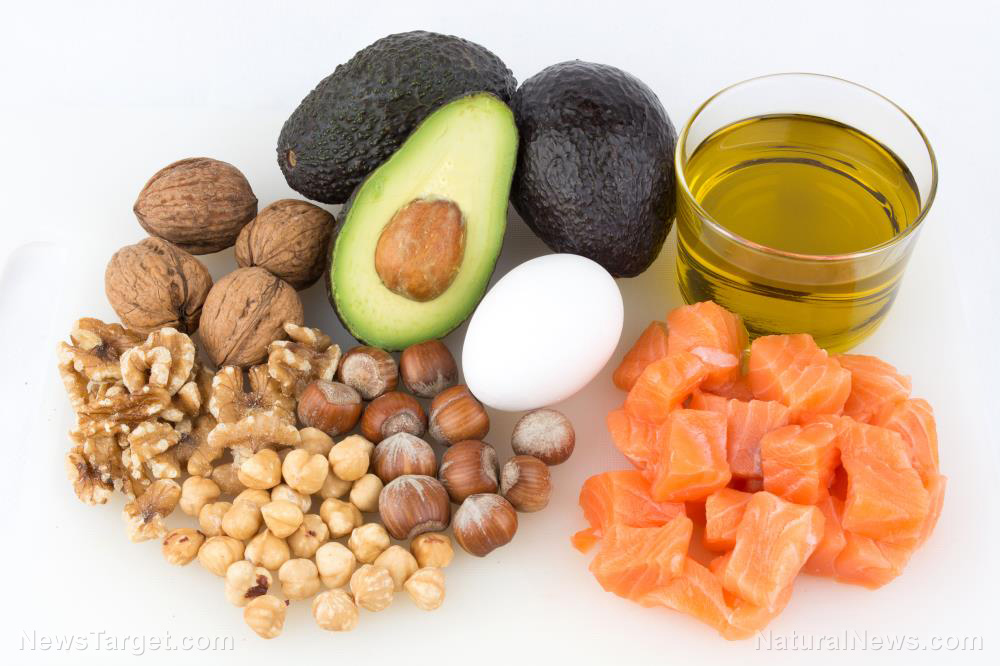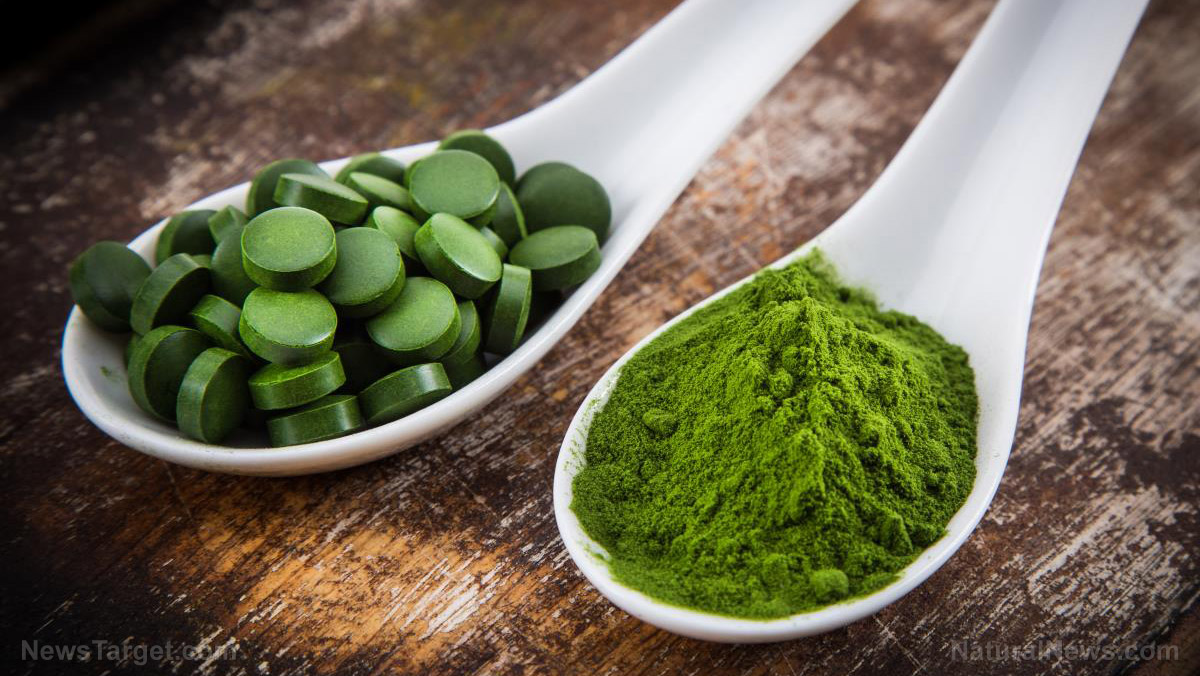Can Apple Cider Vinegar really help you lose weight?
12/20/2018 / By Edsel Cook

Japanese researchers administered acetic acid – one of the major components of apple cider vinegar – to obese mice that were consuming high-fat foods. They reported that acetic acid could prevent the build-up of body fat and lipids in the animals.
The study received support from the Central Research Institute. Its findings were published in the Journal of Agricultural and Food Chemistry.
- The model consisted of mice that were fed high-fat foods to induce obesity. The animals were given either water or different doses (03. percent or 1.5 percent) acetic acid.
- Mice treated with acetic acid gained only minimal body fat and hepatic lipids. They did not grow more obese despite consuming the same high-fat food as the other animals. The weight of their skeletal muscles did not change.
- The gene expression of peroxisome-proliferator-activated receptor alpha (PPAR alpha) experienced considerable improvement. So did the expressions of proteins that were related to the oxidation of fatty acids and the production of heat (thermogenesis) in the body.
- The liver of the animals that received acetic acid treatment displayed increased gene expression of acetyl-CoA oxidase (ACO), carnitine palmitoyltransferase-1 (CPT-1), and uncoupling protein-2 (UCP-2).
- In vitro tests of HepG2 liver cells showed that acetate could increase the activity of genes associated with PPAR alpha, acetyl-CoA oxidase, and uncoupling protein-2 (UCP-2). These beneficial gene activities did not take place in cells that no longer had ?2 AMPK.
The findings showed that acetic acid could prevent the onset of obesity. Consuming acetic acid-rich foods like apple cider vinegar could help reduce body fat levels and lipids.
Find out more natural and healthy ways to lose excess weight at Fasting.news.
Journal Reference:
Kondo T, Kishi M, Fushimi T, Kaga T. ACETIC ACID UPREGULATES THE EXPRESSION OF GENES FOR FATTY ACID OXIDATION ENZYMES IN LIVER TO SUPPRESS BODY FAT ACCUMULATION. Journal of Agricultural and Food Chemistry.26 May 2009;57(13):5982–5986. DOI: 10.1021/jf900470c.
Tagged Under: acetic acid, anti-obesity foods, apple cider vinegar, body fat, functional foods, obesity, weight loss, weight loss foods



















